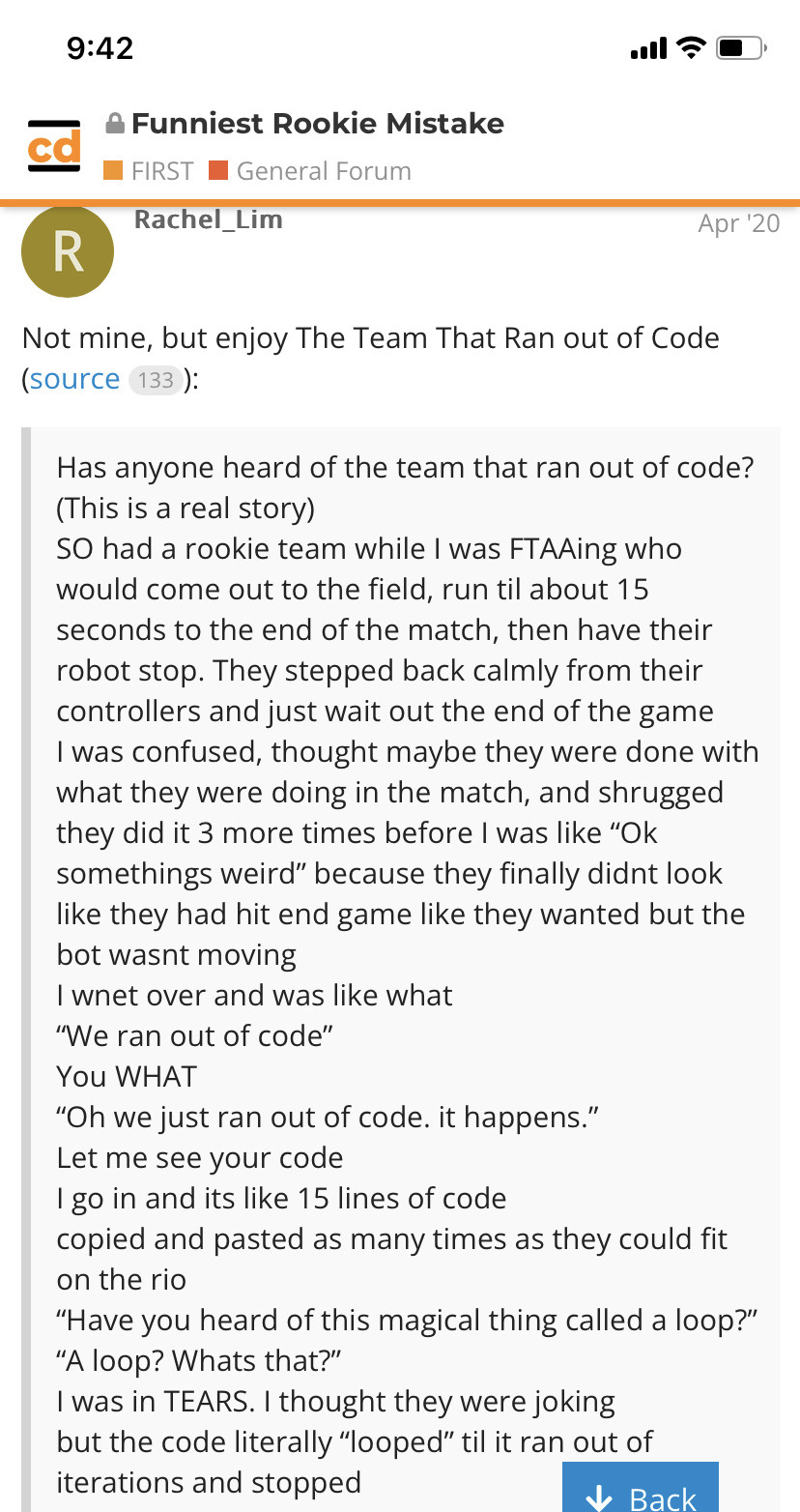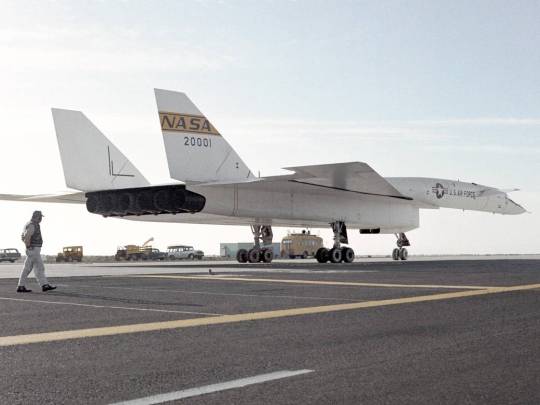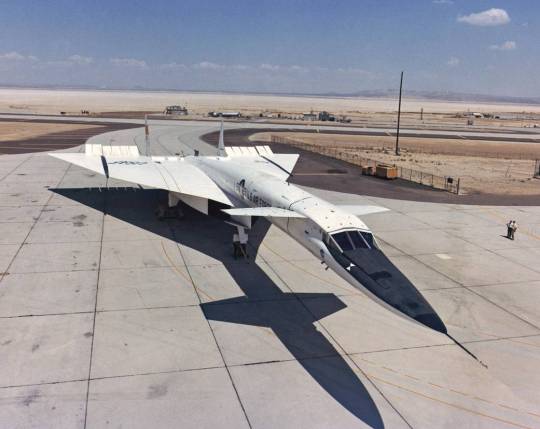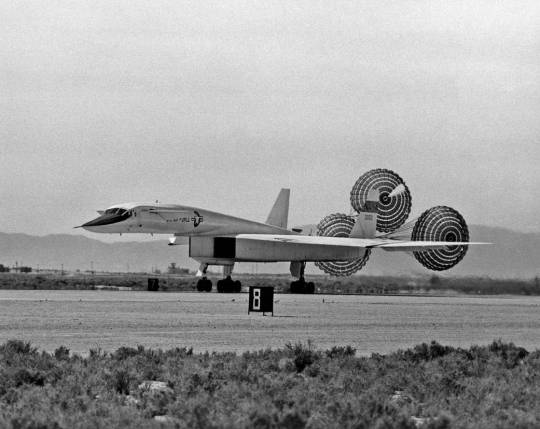#frc programming
Explore tagged Tumblr posts
Text
My program crashed for an hour or so and I tried to fix it
I finally fixed it
Twas a fucking compiler command gone bad
My code was good
FUCKKKKKKKKKKK
#cpp is a FUCKING bastard and I HATE it#programming#frc programming#code#coding#cpp#c++#cppprogramming#c++ language#c++ programming
77 notes
·
View notes
Note
I had to look these back up to show some people on my engineering team that are using a visual programming language, and I figured I’d submit it here too.


WOW I HATE THIS.
#ask#posting these answers now before I leave for Lent as per usual#programming#robotics#frc#God bless ChiefDelphi
30 notes
·
View notes
Text
[UNTITLED #039]
i gave a programmer my laptop and told him to code using command based and this is what i found when i opened wpilib

#honestly fair#when you give a programmer your laptop and ask them to code using command based they're going to cry for help#when you give a mouse a cookie#except programmers not mice#and bad#frc#frc team#frc robotics#first#first robotics competition#dean kamen#high school#robotics#robot#programming#happy kids#computer science#electronics
13 notes
·
View notes
Text
If mechs were the current state of combat instead of dumb drones I might actually consider working for a military contractor. Also stop killing innocents. That too.
7 notes
·
View notes
Text
Some out of context highlights from our experiences board after Week 1:
Tasted like plastic and cardboard
Osiris
Hostage situation
Errors to the Max
The Venn diagram
Signed red card
Tumblr in the wild
No potato
Other highlights that were not spoken to the main group:
The bromance
BUTTONS
EARRINGS
GLITTERY EIGHTH NOTE KEYCHAINS
A blown tire
The mob of people YMCAing and Cupid Shuffling
Sailing Up to Boston
Mr. Quakers
Mr. Quakers getting a hat
#frc#frc robotics#first robotics#robotics#first robotics competition#mojo 8085#8085#drive team#pit crew#strategy mentor#programming mentor
2 notes
·
View notes
Text
Love walking in on the design team having a screaming match over whether or not a floor intake is necessary for a mock Steamworks
It's been settled now but ig that's what happens when you get gr10s to do things alone
They even elected a gr9 their "leader"
We have a gr12 on design
#first robotics competition#frc#frc robotics#And we still don't have a robot to program or test CAN wiring
3 notes
·
View notes
Text
seeking guidance on FSM implementation for FRC robotics, an application which has some properties to it:
Transitions between nominal states may take several seconds
Transitions may be interrupted/hijacked/aborted/cancelled
I’m comfortable with the general idea of finite automata, but I’m not very experienced with implementation of a lot of things. We tried a big enum with pairs of $state and moving_to_$state, but this became unwieldy and difficult to adapt to manual control scenarios. If this tale inspires you, I’m all ears
0 notes
Text
‘Tis now over sadly
But videos of matches are usually uploaded to The Blue Alliance if you wanna check out the website or app. & there’s always next year! Especially for any high schoolers out there who might want to join a local team :)
For any nerds out there who might not know (I’m looking at you Donnie kinnies)
The international championship for high school robotics started today!!! If you wanna watch some robots competing in a silly little game you can tune in to one of FRC’s livestreams on twitch today, tomorrow &/or Saturday!!! (April 18th-20th) (Saturday’s the elimination rounds & finals so you’ll really want that one if you can)
#next year is the water games of prophecy btw#frc dive#truly a momentous year#frc tumblr#frc#frc robotics#first robotics competition#first robotics#robotics competition#robotics#robots#nerds#nerd things#donnie kinnies#donnie kins#we can’t all be donatello#tech stuff#steam#stem#science#tech#technology#programming#engineering#manufacturing
9 notes
·
View notes
Text
by Jeremy Sharon
Two of the most problematic reports regarding alleged famine were issued in March 2024 and November 2024 by the IPC’s Famine Review Committee (FRC).
The FRC’s March report asserted that famine was “was projected and imminent,” in particular in northern Gaza, and that 677,000 people in the Gaza Strip were already in the Phase 5 Catastrophe level of its food insecurity scale.
If this were correct, it would have meant that at least 135 people were dying of starvation every day in March 2024.
Palestinian children suffering from malnutrition or chronic diseases such as cancer, wait with family members at Nasser hospital in Khan Yunis in the southern Gaza Strip on June 24, 2024, after they reportedly were given permission by the Israeli army to leave the besieged Palestinian territory for treatment through the Kerem Shalom crossing, amid the ongoing conflict in the Palestinian territory between Israel and Hamas. (Bashar Taleb / AFP)
An IPC Special Brief projected that 1.1 million people would be in the Phase 5 Catastrophe level in the period from March 16 to July 15, 2024, which would have meant at least 221 people dying of starvation every day in that period.
The FRC’s November report stated that there was “an imminent and substantial likelihood of famine occurring,” while in December 2024, FEWS NET published an “Alert” asserting that “A Famine (IPC Phase 5) scenario continues to unfold in North Gaza Governorate.”
UKLFI identified numerous, substantive problems with these reports, however.
In June 2024, the FRC itself published an updated report stating that “the available evidence does not indicate that Famine is currently occurring,” despite its dire predictions from March.
The March report also did not provide any statistics on the mortality rate from the malnutrition and starvation it asserted was happening and predicted would strengthen from March to July.
That report noted that the death toll related to malnutrition was 25 in total, whereas the claimed Phase 5 catastrophe level in northern Gaza should have meant that some 60 people were dying from malnutrition every day, according to the population in the region at the time, UKLFI said.
The June report did provide a mortality rate from all causes, meaning as a result of military action and malnutrition together. The stated level would, however, only have qualified as Phase 3 level of food insecurity at the most, if it was based on non-trauma deaths, which it was not.
UKLFI noted in its study that FRC, and the World Food Program organization, were in possession of the non-trauma mortality figures but chose not to share them.

Trucks with aid arrive at the Gazan side of the Kerem Shalom border crossing, in the southern Gaza Strip, on January 17, 2024. (Abed Rahim Khatib/Flash90)
Another key problem with the March report – as pointed out in an Israeli study by public health officials published by Israel’s Foreign Affairs Ministry in May and noted in the UKLFI’s study – was that it failed to take into account food supplied to northern Gaza by the private sector, alongside the humanitarian aid brought into the territory.
The March report was cited directly by the International Court of Justice in the genocide suit brought by South Africa against Israel, and also referenced by the International Criminal Court’s prosecutor Karim Khan when he announced he was seeking arrest warrants against Netanyahu and Gallant, warrants which were ultimately issued by the court.
Indeed Khan specifically cited the FRC claim that 1.1 million were facing “catastrophic hunger,” which he said was the highest number “ever recorded, anywhere, anytime,” when filing his application for arrest warrants against Netanyahu and Gallant.
In November, the FRC issued an “Alert” saying there was a “substantial likelihood of famine, particularly in northern Gaza, and stating, “It can therefore be assumed that starvation, malnutrition, and excess mortality due to malnutrition and disease, are rapidly increasing in these areas.” Famine thresholds “may have already been crossed,” it added.
But this report, too, did not include mortality data to back up its assertions. It stated that a malnutrition parameter known as MUAC indicated Phase 3 malnutrition throughout Gaza, but did not provide precise details.
In a “Special Brief” also issued in November, FRC said that acute malnutrition was “ten times higher” than before the war.
But the FRC reports, and a FEWS NET report, mistakenly asserted that the MUAC rate in Gaza before October 7, 2023 was 1%, when in reality it was 4%, UKLFI pointed out.
And don't forget, boys and girls, Israel is the only country in the world that is expected to supply its genocidal enemies with food, electricity, water, and other humanitarian supplies. Nothing was expected of Hamas, and Hamas was even free to "execute collaborators" without a peep from the world's "human rights" advocates." The double standard is appalling. GAJ
#ipc famine review committee#uk lawyers for israel#international court of justice#international criminal court#famine#gaza#hamas
31 notes
·
View notes
Text

XB-70 Valkyrie
XB-70 Valkyrie in Cruise Configuration
The No. 1 XB-70A (62-0001) is viewed from above in cruise configuration with the wing tips drooped for improved controllability.
The XB-70 Valkyrie, with a planned cruise speed of Mach 3 and operating altitude of 70,000 feet, was to be the ultimate high-altitude, high-speed manned strategic bomber. Events, however, would cause it to play a far different role in the history of aviation.
To achieve Mach 3 performance, the XB-70 was designed to “ride” its own shock wave, much as a surfer rides an ocean wave. The resulting shape used a delta wing on a slab-sided fuselage that contained the six jet engines that powered the aircraft. The outer wing panels were hinged. During take off, landing, and subsonic flight, they remained in the horizontal position. This feature increased the amount of lift produced, improving the lift-to-drag ratio. Once the aircraft was supersonic, the wing panels would be hinged downward. Changing the position of the wing panels reduced the drag caused by the wingtips interacted with the inlet shock wave. The repositioned wingtips also reduced the area behind the airplane’s center of gravity, which reduced trim drag. The downturned outer panels also provided more vertical surface to improve directional stability at high Mach numbers. Attached to the delta was a long, thin forward fuselage. Behind the cockpit were two large canards, which acted as control surfaces.
XB-70: World's Largest Experimental Aircraft in the 1960s.

The figure standing on the ramp provides a size comparison with the XB-70A aircraft.
As impressive a technological feat as the XB-70 represented, the aircraft was under development at a time when the future of the manned bomber was uncertain. During the late 1950s and early 1960s, many believed that manned aircraft were obsolete, and the future belonged to missiles. As a result, the Kennedy Administration ended plans to deploy the B-70. Two experimental XB-70A prototypes were under construction at North American Aviation when the program was canceled.
At the same time there was growing interest in an American supersonic transport (SST). Jet airliners had cut flight times by more than half in comparison to propeller-powered aircraft. A Mach 2 or 3 SST would make a similar improvement over the new subsonic jet airliners. The Flight Research Center (FRC-now the Armstrong Flight Research Center, Edwards, CA.) had several SST studies underway during the early 1960s. NASA’s Douglas F5D-1 was used for landing studies, a North American F-100C was modified to simulate SST handling qualities, a North American A-5A was used to simulate an SST for tests of the air traffic control system, and a Lockheed JetStar was modified as an in-flight SST simulator.
On the Ramp: XB-70

The XB-70A is shown parked on a ramp at Edwards, California, in 1967.
The XB-70 Valkyrie seemed to be a perfect testbed for SST research. It was the same size as the projected SST designs, and used similar structural materials, such as brazed stainless steel honeycomb and titanium. Thus, the XB-70A’s role changed from a manned bomber prototype to one of the most remarkable research aircraft ever flown.
The XB-70A number 1 (62-001) made its first flight from Palmdale to Edwards Air Force Base, CA, on Sept. 21, 1964. Tests of the XB-70’s airworthiness occurred throughout 1964 and 1965 by North American and Air Force test pilots. The Flight Research Center prepared its instrument package. Although intended to cruise at Mach 3, the first XB-70 was found to have poor directional stability above Mach 2.5, and only made a single flight above Mach 3. Despite the problems, the early flights provided data on a number of issues facing SST designers. These included aircraft noise, operational problems, control system design, comparison of wind tunnel predictions with actual flight data, and high-altitude, clear-air turbulence.
NASA Ames Research Center, Moffett Field, CA, wind-tunnel studies led engineers at North American Aviation in Downey, CA, to build the second XB-70A (62-207) with an added 5 degrees of dihedral on the wings. This aircraft made its first flight on July 17, 1965. The changes resulted in much better handling, and the second XB-70 achieved Mach 3 for the first time on Jan. 3, 1966. The aircraft made a total of nine Mach 3 flights by June.
At the same time, a joint agreement was signed between NASA and the Air Force to use the second XB-70A prototype for high-speed research flights in support of the SST program, selected due to its better aerodynamics, inlet controls, and a much superior instrument package, compared to the first aircraft. The NASA research flights were to begin in mid-June, once the North American Aviation Phase I tests of the vehicle’s airworthiness were completed. NASA research pilot Joe Walker was selected as the project pilot. The flights were to evaluate the aircraft on typical SST flight profiles, and to study the problems of sonic booms on overland flights.
These plans went awry on June 8, 1966, when the second XB-70 crashed following a midair collision with NASA’s F-104N chase plane. Joe Walker, F-104N pilot, died in the accident. North American test pilot Al White ejected from the XB-70 in his escape capsule, but received serious injuries in the process. Co-pilot Maj. Carl Cross, who was making his first flight in the XB-70, was unable to eject and died in the crash.
The deaths of Walker and Cross, and the destruction of the second XB-70 had major consequences for the research program. The second XB-70 had been selected for the Phase II tests, which were to be conducted jointly by NASA and the Air Force. With this aircraft now destroyed, only the first aircraft was available. Given the aircraft’s shortcomings, the Air Force began to doubt that it would be able to meet the Phase II test goals.
The first XB-70 was undergoing maintenance and modifications at the time of the accident to its sister ship. It did not fly again until Nov. 3, 1966. Col. Joe Cotton piloted it, while NASA research pilot Fitzhugh Fulton served as co-pilot. The flight reached a top speed of Mach 2.1. Between November 1966 and the end of January 1967, a total of 11 joint Air Force/NASA research flights occurred. Cotton, Fulton, and Van H. Shepard of North American Aviation were crewmen on these flights. A top speed of Mach 2.57 was the highest attained during the remainder of the XB-70 program.
These flights were made as part of the National Sonic Boom Program. The XB-70 flew at differing altitudes, Mach numbers, and weights over an instrumented test range at Edwards. The “boom carpet” area was determined and the overpressure measured on two specially constructed housing units. The tests showed that a large aircraft, such as the XB-70 or the projected SST, could generate overpressures high enough to cause damage. Moreover, when the XB-70 made a turn, its shock waves converged, and often doubled the overpressure on the ground.
Following these tests, the XB-70 was grounded for maintenance that lasted 2 1/2 months. The Air Force had concluded by that point that the XB-70 program should be turned over to NASA as soon as possible. FRC director Paul Bikle and Air Force Flight Test Center (AFFTC) commander Maj. Gen. Hugh Manson created a joint FRC/AFFTC XB-70 operating committee on March 15, 1967. This was patterned on similar committees established for the X-15 and lifting bodies. The NASA XB-70 program continued to receive Air Force assistance, in terms of aircraft support and Air Force test pilots.
The first NASA XB-70 flight occurred on April 25, 1967, by Fulton and Cotton. By the end of March 1968, another 12 research flights had been completed. The pilots included Fulton, Cotton, and Shepard, as well as Lt. Col. Emil Sturmthal and NASA research pilot Don Mallick. The flights acquired data to correlate with an Ames ground-based SST simulator and the JetStar in-flight SST simulator at FRC. Other XB-70 research goals were to measure its structural response to turbulence; determine the aircraft’s handling qualities during landings; and investigate boundary layer noise, inlet performance, and structural dynamics, including fuselage bending and canard flight loads.
The XB-70 underwent modifications after a final flight on March 21, 1968. During research flights, the XB-70 pilots had frequently experienced trim changes and buffeting during high-speed, high-altitude flights. These resulted from clear-air turbulence and rapidly changing atmospheric temperatures. For a specialized research aircraft, these characteristics were little more than annoying; on a commercial SST, however, they would be uncomfortable for the passengers, increase the pilots’ workload, and shorten the structural fatigue life of the SST.
XB-70A Rolls Out After Landing

The XB-70A No. 1 is shown rolling out after landing, employing drag chutes to slow down.
The XB-70 was fitted with two small vanes for the Identically Located Acceleration and Force (ILAF) experiment. The vanes rotated 12 degrees at a rate of up to 8 cycles per second. This induced a structural vibration in the XB-70 at a known frequency and amplitude. The XB-70’s accelerometers detected the disturbances, then signaled the aircraft’s stability augmentation system to damp out the motion. When XB-70 research flights resumed on June 11, 1968, the ILAF proved its ability to reduce the effects of turbulence and atmospheric temperature changes.
Despite the accomplishments of the XB-70, time was running out for the research program. NASA had reached an agreement with the Air Force to fly research missions with a pair of YF-12As and a “YF-12C,” which was actually an SR-71. These represented a far more advanced technology than that of the XB-70. In all, the two XB-70s had logged 1 hour and 48 minutes of Mach 3 flight time. A YF-12 could log this much Mach 3 time in a single flight.
The final XB-70 research flight occurred on Feb. 4, 1969. Fulton and Sturmthal made a subsonic structural dynamics test and ferry flight. The XB-70 took off from Edwards and flew to Wright-Patterson Air Force Base, OH, where the aircraft was put on display at the Air Force Museum. The first XB-70 made 83 flights totaling 160 hours and 16 minutes, while the second XB-70 logged 46 flights in its brief life, totaling 92 hours and 22 minutes.
@kadonkey via X
16 notes
·
View notes
Text
Thought I got used to it
There are PLO flags all over
I'm trying to contain myself
In a world where you can be anything, some people choose to be nazis
#ישראל#ישראלבלר#ישראלים#טמבלר ישראלי#טאמבלר ישראלי#ישראבלר#עם ישראל חי#israeli#i stand with israel#israel#first#frc dean's list#frc 2024#frc programming#frc robotics#frc tumblr#frc reddit#frc#frc crescendo
65 notes
·
View notes
Text

Joanne Marie Anderson (January 7, 1971) is the first woman of color to win the election as mayor of a major city in the UK and the first Black and first woman mayor of Liverpool, England. She was born in Liverpool. She earned a BS in Business Studies from John Moores University.
She launched her consulting firm, Innervision, that advised community and charity groups such as Emmaus Merseyside, which focused on housing and the homeless, Merseyside Probation Service, Blackburne House, FRC Group, Merseyside Equality and Employment Law. She then assisted the Crown Prosecution Service. She became Business Manager for The Florrie, a city community center, charged with establishing a vocational training program leading to employment for individuals ages 16 to 30. She was a shop steward and participant in the Transport and General Workers Union before her affiliation with the Trades Union Congress Race Relations Committee.
Her success in politics began in October 2019 when she defeated her opponent to represent the Princess Park Ward on Liverpool’s City Council. Described as a “reluctant politician,” she had not intended to extend her term as a Council member but when the city’s mayor was arrested on corruption charges and forced to step down, friends persuaded her to run for mayor. With the deselection of the acting mayor, lord mayor, and deputy mayor the way was cleared for her to stand for Labour in the upcoming 2021 mayoral election.
A single mother of a teenage son defeated the independent candidate and won the election for mayor on May 10, 2021, in a landslide victory. Assuming office as only the second Labour mayor of Liverpool, she apologized for the poor performance of previous administrations and recent scandals and promised its citizens transparency and accountability.
Liverpool suffered another blow to its pride, which she had to address when UNESCO members voted to remove it from its World Heritage Site list. #africanhistory365 #africanexcellence
2 notes
·
View notes
Text
speaking from frc robotics programming team, Sometimes It Do Be Like That, re. Colin learning German and still unable to understand the program
#I understand that’s meant to be unsettling but tbh average poorly documented code experience#also I love Colin can’t wait to see more of him#tmagp#spooky scary archivist electric boogaloo (tmagp listen tag)#tmagp spoilers#radio chatter
14 notes
·
View notes
Text
[UNTITLED #075]
Hey FRC teams, It's a month into the season, and it's probably time to start thinking about how you're going to control your robot. One of the best ways to plan this out is a controller diagram, which shows what robot functions each button on your controller is bound to. We thought we'd post ours to give everyone some inspiration:

Feel free to post your team's controller diagrams as well!
#frc#frc robotics#happy kids#dean kamen#robotics#high school#robots#first robotics competition#programming#java#morse code#we are so back
4 notes
·
View notes
Text
Introduction
This is the unofficial tumblr blog for FRC team 9180 GHS Robotics - Ursa Major!
If I can, i'll post about our progress, and ask questions
Inspired by @pit-crew-chronicles
Roles:
I am the Programming Captain and team Co-Captain
Programing Co-Captain (PC) is the most knowledgeable in terms of Java on our team
Business Captain 1 (BC1) is officially the Co-Captain of the team
Business Captain 2 (BC2) is the de facto Co-Captain, because BC1 and I sometimes can't make it.
Design Captain (DC) is a newer member, but he understands CAD like the back of his hand
Electrical Captain 1 (EC1) was the Human Player for CANPac last year
Electrical Captain 2 (EC2) is the newer member, and also Build Captain 2 (BuC2)
Drive Team isn't decided yet
6 notes
·
View notes
Text
5 notes
·
View notes